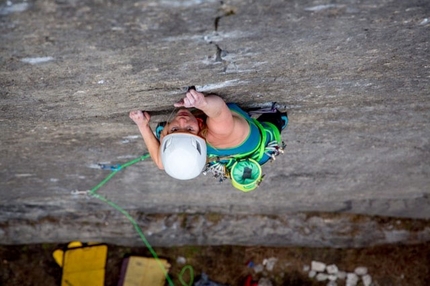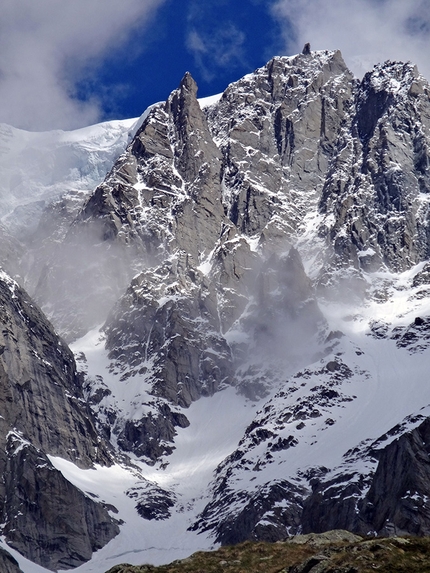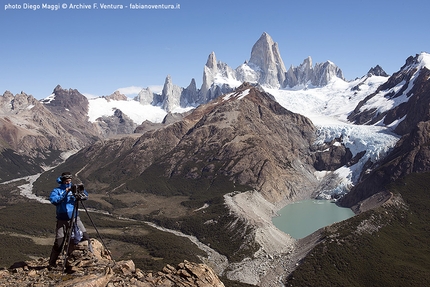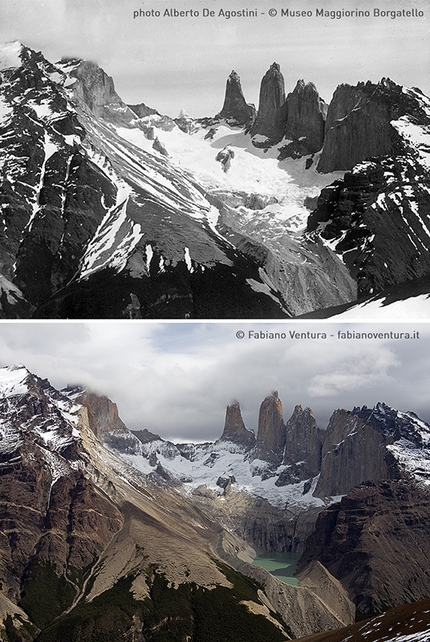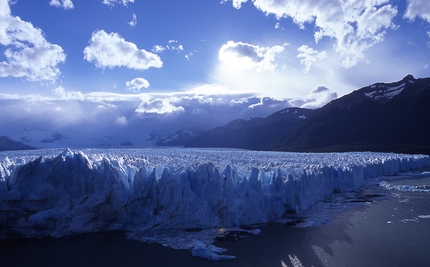Climbing and climate change
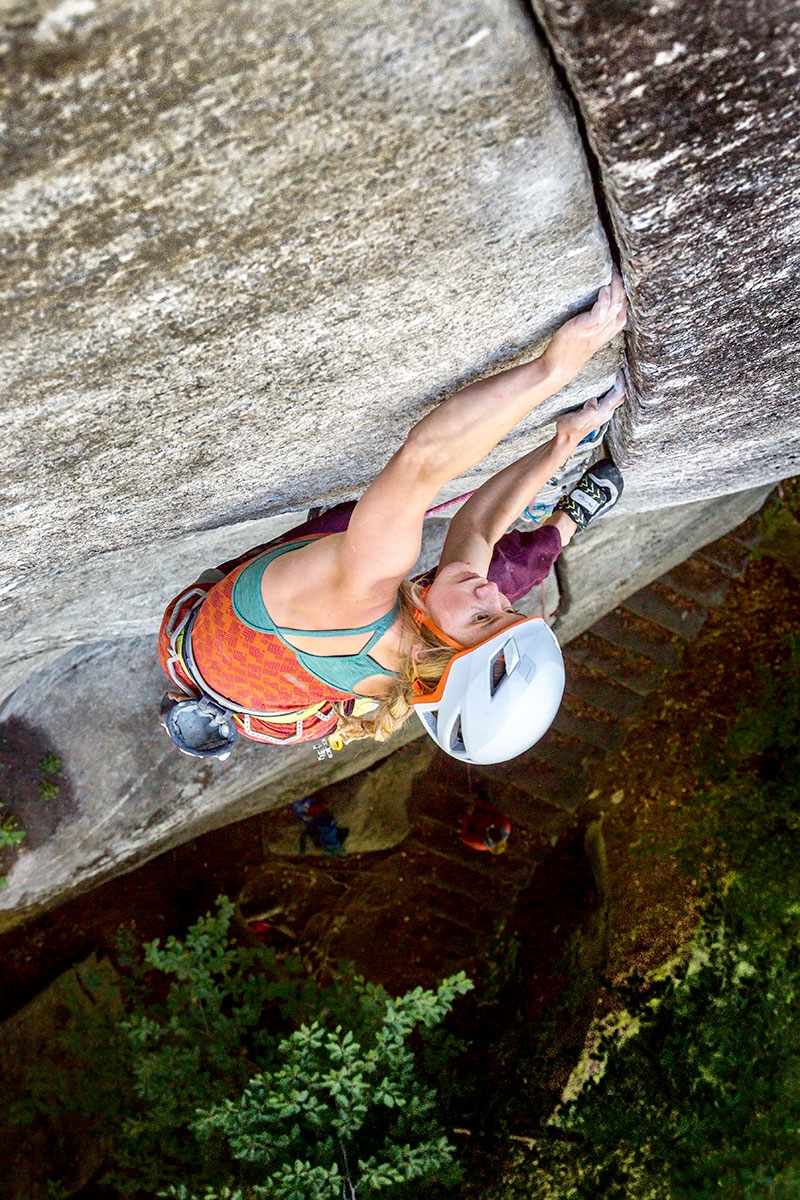
 1 / 4
1 / 4 Johannes Ingrisch
Johannes Ingrisch
As uncomfortable as it may feel, I think, it is as simple as this: the more we go climbing, the more we go mountaineering, the more we travel to go bouldering, hiking and skiing, the worse it is for our environment. Our climate is currently warming mostly due to massive human combustion of fossil fuels (1), e.g. by traffic and production of industrial goods. In order to decrease the risks associated with this global warming, it is imperative that we keep global temperature rise below 1.5 degrees, and this can only be achieved by drastically reducing carbon emissions (3). However, the more we are passionate about our outdoor sports, the more we travel and consume gear. In doing so, we contribute to global warming.
Our biggest individual contribution to climate change might be the carbon emissions we produce when we travel to the crags and mountains we want to climb. If we are reluctant to give up on climbing altogether, but still want to live in an ecologically sustainable manner, then we must reduce our carbon footprint. We can do this, for example, by offseting our travelling by planting trees. This means that the carbon, which is released into the atmosphere from driving a car or taking a plane, gets soaked up by trees - the more trees are planted, the more carbon is removed and the better it is for the climate (2). Offsetting however is often criticised as "easing the consciousness", because one can still continue polluting. While this may well be true, I have experienced that offsetting can also increase the awareness of the emissions produced by traveling and consequently lead to a reduced carbon footprint. Ultimately though, it remains critical that several decades are required before the trees compensate the emitted carbon. So it is still better not to produce carbon emissions in the first place.
Therefore, there are other options that we must use to improve our carbon footprint. We can for example give up on flying altogether or stay at a climbing area for a longer period of time instead of dashing to various different crags at a weekend or during a holiday. Furthermore, we can reduce our footprint by driving to closer climbing areas, using carpooling or - ideally - public transport and cycling. Although this sounds simple on paper, in practice it does not mean it is easy.
So, how do we deal with this? I personally believe that we, as climbers, are very good at sticking to a process and working on our weaknesses, be it to climb a certain mountain, to redpoint a specific route or to complete a training protocol. I strongly believe that reducing our carbon footprint can be experienced not only as an obligation but also as an opportunity, a process in which each of us can learn how to improve constantly. I like to view each individual contribution to climate change as a "personal emission contingent". This contingent can be used for all aspects of our lives. If we do something that consumes a huge part of this contingent, we should reduce somewhere else. For example, if we are not willing to reduce driving to a specific crag or mountain that we have always wanted to climb, we might see this as an opportunity to avoid emissions in another area. This actually strikes me as being a great opportunity to reconsider and carefully evaluate various aspects of our lives. It demands finding alternatives in other areas: we can for example change our diet (eating seasonally and locally, consuming less meat), reconsider our consumption behaviour (buying sustainable climbing gear and clothes, repairing broken clothing or equipment) or engage more politically (climate movement, voting).
I believe if we start talking about how to act on this in various ways, then we are on the right path. Our passion for these sports can become a great motivator to preserve and protect Nature, where we love to spend so much of our time. This is our opportunity, a chance to find sustainable solutions for our lifestyle in the face of climate change. At the end of the day, it boils down to what we are willing to change in our lives. Maybe it is not all about radical changes or drastic decisions. Instead, it might be about small changes that still have a big impact and that we are willing to do and therefore might do again. And again. And again.
by Lena Marie Müller
About the author
28-year-old Lena Marie Müller is currently doing a PhD on the effects of climate change at the University of Innsbruck. In May 2020 she made a rare ascent of the Beat Kammerlander trad testpiece Prinzip Hoffnung at Bürs, which she almost always reached via train from Innsbruck.
References
1: IPCC, 2013: Climate Change 2013: The Physical Science Basis. Contribution of Working Group I to the Fifth Assessment Report of the Intergovernmental Panel on Climate Change [Stocker, T.F., D. Qin, G.-K. Plattner, M. Tignor, S.K. Allen, J. Boschung, A. Nauels, Y. Xia, V. Bex and P.M. Midgley (eds.)]. Cambridge University Press, Cambridge, United Kingdom and New York, NY, USA, 1535 pp.
2: Bastin, Jean-Francois; Finegold, Yelena; Garcia, Claude; Mollicone, Danilo; Rezende, Marcelo; Routh, Devin et al. (2019): The global tree restoration potential. In: Science 365 (6448), S. 76–79.
3: IPCC (2018) Summary for Policymakers. In: Global warming of 1.5°C. An IPCC Special Report on the impacts of global warming of 1.5°C above pre-industrial levels and related global greenhouse gas emission pathways, in the context of strengthening the global response to the threat of climate change, sustainable development, and efforts to eradicate poverty. World Meteorological Organization, Geneva, Switzerland, 32 pp.



 Copia link
Copia link

